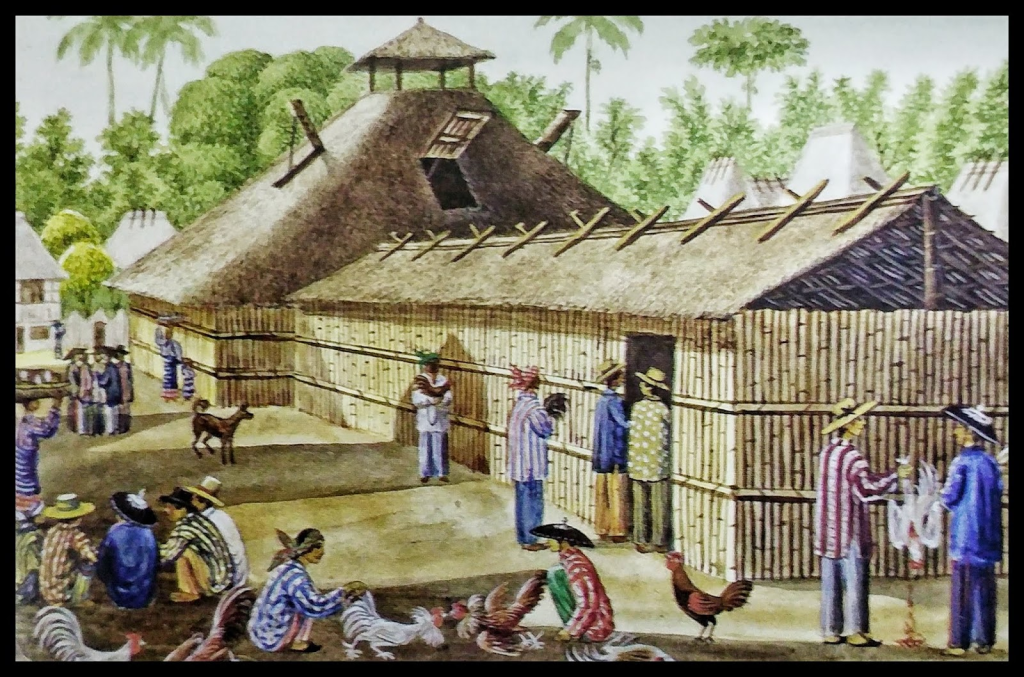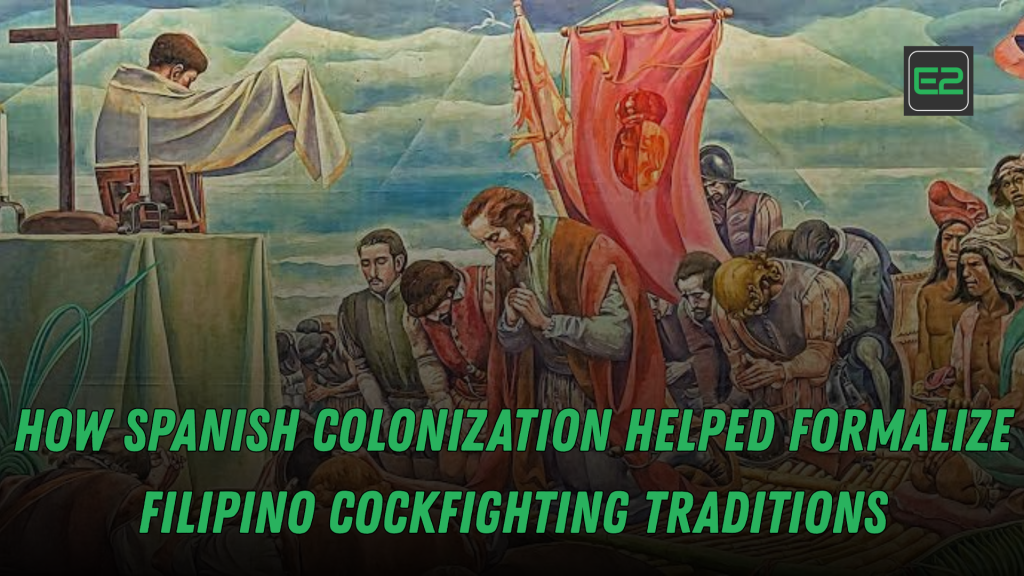Table of Contents
From Ancient Ritual to Regulated Sport
Filipino Cockfighting, or sabong, is deeply woven into the cultural fabric of the Philippines. While this blood sport has pre-colonial roots, it was during Spanish colonization that cockfighting evolved from a local pastime into a formalized, institutionalized tradition. This article explores how Spanish rule shaped the rules, venues, and cultural legitimacy of sabong, and why this legacy remains deeply influential in modern Filipino society.

The Pre-Colonial Roots of Filipino Cockfighting in the Philippines
Before the arrival of Spanish colonizers in the 16th century, indigenous Filipinos already engaged in cockfighting. Early accounts by Chinese merchants and local folklore suggest that cockfighting was a communal and ritualistic activity, often linked to spiritual beliefs, warrior symbolism, and social bonding.
Key Features of Pre-Hispanic Sabong:
- Held in village gathering areas (barangay centers)
- Used for dispute resolution or tribal status
- Often part of spiritual ceremonies or harvest rituals
But everything changed with the arrival of the Spanish in 1521.
Spanish Colonization: The Turning Point in Sabong History
The Spanish saw filipino cockfighting not as a pagan ritual but as a form of profitable entertainment and control. Rather than ban the practice, they regulated it — turning it into a legalized and taxed industry that benefited the colonial administration.

How Spanish Rule Formalized Sabong:
1. Legalization and Licensing
By the 18th century, colonial officials began issuing permits for cockpits, establishing days of the week when cockfights were allowed, and collecting taxes from sabungan operators. This governmental endorsement gave cockfighting newfound legitimacy.
2. Construction of Public Cockpits
Large, circular structures known as galeras were built in towns and cities. These venues could host hundreds, further transforming sabong into a public spectacle rather than a rural tradition.
3. Standardized Rules and Betting Systems
Spanish influence brought with it codified rules, betting practices, and time limits. The soltador (cock handler), kristo (bet taker), and referees (sentensyador) roles were introduced, creating a more organized and profitable ecosystem.
4. Integration into Catholic Festivities
In an effort to control rather than suppress, many filipino cockfighting events were tied to feast days of saints. It was common for sabong to be part of town fiestas, drawing large crowds after religious processions.
From Farm to Arena: The Journey of a Fighting Rooster in Rural Philippines
Sabong as Social Glue: The Spanish Colonial Agenda
Far from just a game, cockfighting under Spanish rule became a tool of social cohesion and control.
- Economic Impact: The colonial government collected significant revenues from filipino cockfighting taxes. This helped fund local projects and religious missions.
- Cultural Unifier: By institutionalizing sabong, the Spanish allowed different islands and ethnic groups to share a common pastime.
- Diverting Dissent: Sabong provided a controlled outlet for male energy and local rivalries, keeping rebellion at bay — at least temporarily.

Criticisms and Controversies Then and Now
Even during colonial times, sabong faced criticism — especially from Catholic clergy and reform-minded Spaniards.
- Moral Objections: Critics called it “barbaric” and “unchristian.”
- Economic Concerns: Widespread gambling often led to family poverty and debt, especially among poor farmers.
- Addiction and Violence: The Spanish chronicler Antonio Morga noted as early as the 1600s that some Filipinos were “consumed by cockfighting.”
Today, these concerns remain, but so does its cultural status.
Modern Sabong and Its Colonial DNA
Although the Philippines is now independent, modern filipino cockfighting still mirrors the Spanish-imposed structures:
Similarities Today:
- Licensed cockpits across provinces
- Standard roles like referees, bet takers, and handlers
- Sabong tied to fiestas and public holidays
- Government regulation and taxation
The rise of “e-sabong” (online filipino cockfighting) during the COVID-19 pandemic is also a digital evolution of a colonial legacy.
Cultural Legacy: More Than Just a Blood Sport
While filipino cockfighting has its detractors, many Filipinos view it as part of their cultural identity. It represents:
- Resilience and continuity
- Colonial adaptation
- Community bonding and masculinity
Understanding the Spanish influence on sabong helps explain how colonizers didn’t just rule — they reshaped local traditions for both profit and power.
A Colonial Legacy That Lives On
The Spanish didn’t invent sabong — but they gave it structure, legality, and economic value. In doing so, they transformed a tribal ritual into a national pastime. Today, cockfighting in the Philippines carries the DNA of this colonial history — for better or worse.
Tell us your thoughts
What do you think about cockfighting in Filipino culture?
Is it a historical tradition worth preserving, or a practice we should move beyond?
Share your thoughts in the comments, and follow our blog for more deep dives into Filipino history and culture.
